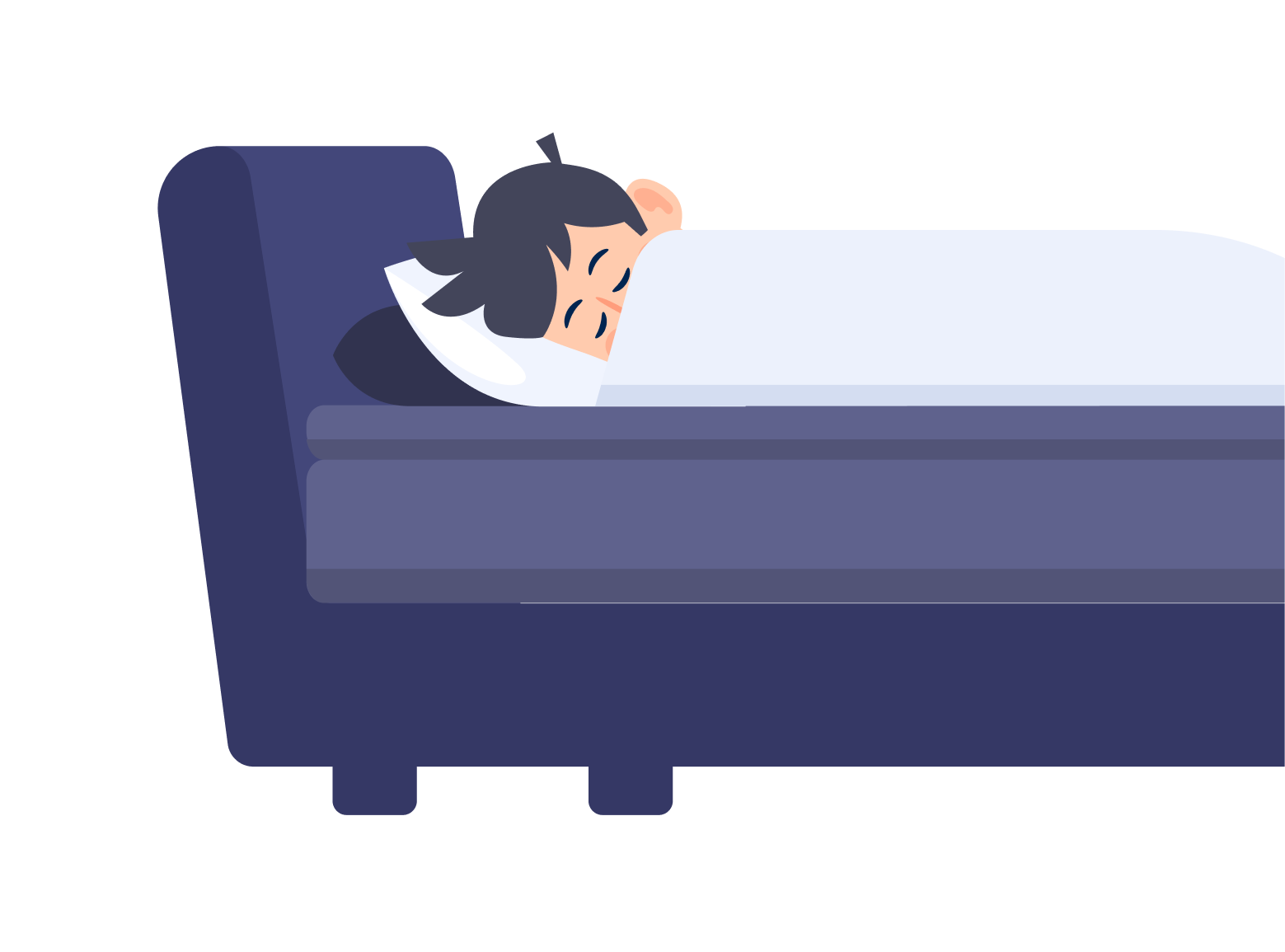Aging changes our bodies, yet it also reshapes our inner world—especially our dreams. You might wonder whether older adults still dream as vividly as they did in youth, whether nightmares fade or deepen, and how memory, health, and meaning weave into night-time stories. Rather than fading away, the dream life in later years often evolves. It grows quieter at times, more reflective, and—crucially—richer in symbolism. By exploring the dreams of older adults, we can better understand emotional well-being, identity, and continuity across a long life.
Track and reflect on your dreams with Dreamly — your private, intelligent dream journal on Android and iOS.
Do Older Adults Dream Less?
Sleep architecture shifts with age. Many older adults spend slightly less time in REM sleep—the stage most associated with vivid dreaming and emotional processing. As a result, some report fewer remembered dreams or a softer emotional intensity upon waking. Nevertheless, the capacity to dream remains. Plenty of elders describe rich dream lives; they simply notice a different tone: less frantic chase, more layered memory; fewer dramatic cliff-hangers, more quiet symbolism.
Recall also changes across the lifespan. Because awakenings during the night often increase with age, some people catch more dream fragments, while others forget dreams more quickly after morning routines. A small habit shift—lingering in bed for a minute, keeping a notebook nearby—can markedly improve recall, regardless of age.
How Dream Themes Change With Age
Dreams mirror the tasks and meanings of each life stage. Young dreamers often spotlight exploration, romance, exams, or high-stakes risks. With age, themes lean toward connection, memory, legacy, and integration. You might revisit old neighborhoods, speak with long-gone relatives, or walk through places that once defined your identity. These scenes invite reflection: What did I learn? What still asks for closure? Where does gratitude belong?
Many older adults also report gentler imagery. Instead of being chased, they may encounter a winding path or a locked gate—symbols that hint at transition without panic. Dreams grow spacious. They slow down enough to let insight arrive. While fear still visits, the overall tone often shifts from urgency to meaning.
Common later-life motifs include: grandchildren and family gatherings; houses from decades past; workplaces revisited with curiosity rather than stress; water, bridges, or trains that suggest movement across thresholds; conversations with mentors who offer guidance long after farewell.
Nightmares in Later Life
Nightmares do not disappear with age, yet their triggers and textures often change. Instead of monsters or free-falls, distress may center on misplacing names, getting lost in a familiar town, or feeling unseen at a family event. These scenarios carry weight because they touch core concerns: memory, independence, and identity.
Potential contributors include: medication side effects (certain blood-pressure agents, antidepressants, or neurologic treatments can intensify dreams), disrupted sleep (pain, apnea, or frequent awakenings), and neurocognitive conditions linked with REM sleep disturbances. Emotional factors matter as well. Grief, loneliness, and existential worry can shape dream content, especially during periods of health change or bereavement.
Even so, nightmares can serve a purpose. They surface unspoken fears so you can meet them with care. When we approach them gently—naming the fear, seeking support, and tending the body—night-time turbulence often softens.
Lucid Dreaming and Dream Control
Lucid dreaming—recognizing that you are dreaming while still inside the dream—shows up across ages. Some elders even notice lucidity more often after adopting mindfulness or journaling practices. Awareness stabilizes attention; attention fosters lucidity. With practice, dreamers can rehearse confidence, choose calmer endings, or invite conversations that bring closure. While lucidity is not required for healing, it offers an empowering option for those who enjoy inner exploration.
Gentle supports include: setting an intention before sleep (“If I notice I’m dreaming, I will breathe and look for guidance”), pausing upon each nocturnal awakening to recall images, and using brief daytime mindfulness to strengthen metacognition. Consistency matters more than intensity.
The Social and Psychological Role of Dreaming
Dreams help regulate emotion, consolidate memory, and renew a sense of continuity through change. In later life, they often feel like storytelling—threads that weave legacy, love, and lessons. Sharing a dream with a partner, a friend, or a grandchild can open conversations that ordinary days miss. Some families even keep “dream circles,” treating night-time stories as gentle prompts for connection and perspective.
Clinically, dream exploration can support mood, grief processing, and meaning-making. When caregivers or therapists invite elders to discuss dreams, they often discover unvoiced fears, joyful recollections, or wishes for reconciliation. These insights guide practical steps in the daytime: a phone call, a letter, a visit to an old place, a ritual of farewell.

Practical Tips to Support Dream Health
Keep a bedside journal. Write one or two lines immediately after waking. Even fragments anchor recall and reveal patterns over time.
Build a simple wind-down. Dim lights, reduce screens, and try ten slow breaths before bed. A calm nervous system invites steadier REM cycles.
Review medications with a clinician. If vivid or disturbing dreams start after a new prescription, ask about timing, dosage, or alternatives.
Support sleep continuity. Address pain, treat sleep apnea if present, and create a dark, quiet bedroom. Better sleep hygiene benefits dreams at any age.
Invite gentle lucidity. Set a brief pre-sleep intention (“I welcome helpful dreams and will remember what serves me”). No pressure—just permission.
What Research Suggests
Across studies, older adults report fewer high-arousal nightmares than the young, yet the nightmares they do recall often hinge on health, memory, or identity. Researchers also note that dream content in later life leans less toward aggression and more toward emotionally neutral or positive scenarios, with frequent visits to places and people from earlier chapters. Importantly, changes in dream behavior—especially acting out dreams during REM—can accompany certain neurological conditions; thus, persistent or risky sleep behaviors warrant medical attention.
Beyond diagnosis, the broader conclusion remains encouraging: dreams continue to offer a window on emotional life and adaptation. They carry diagnostic clues, yes, but they also carry hope—evidence of ongoing growth, integration, and meaning-making.
Aging Gracefully Through Dreams
Dreams do not retire. They mature with us. As the outer world slows, the inner world deepens; as roles shift, symbols step forward. Night after night, the psyche reviews what matters—connection, memory, purpose—and invites you to carry those lessons into daylight. When you listen, fear gives way to perspective. When you share, isolation yields to belonging. And when you journal, you witness a long life telling its own wise story.








